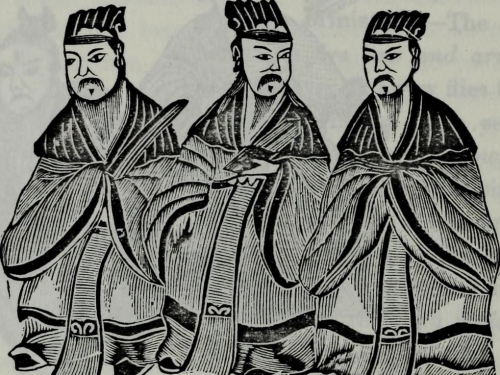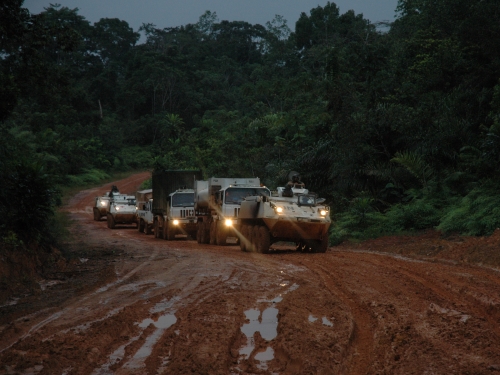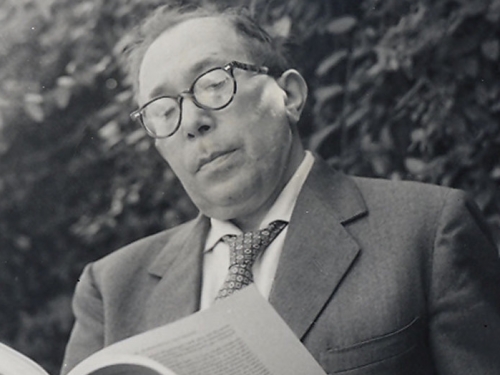
This article was originally published by War on the Rocks on 12 January 2015.
The jihadi movement may have finally become what its original luminaries always wanted it to be – and in Paris of all places. The amorphous connections between the Charlie Hebdo attackers, the Kouachi brothers – who attributed their actions to “al Qaeda in Yemen” – and kosher market attacker Amedy Coulibali – who pledged allegiance to the Islamic State in a recently released online video – may reflect exactly what some early jihadi strategists intended: broad based jihad via a loose social movement. Terrorism researchers, obsessed with the writings of their academic adversary in jihad, Abu Musab al Suri, have for years suggested the social movement approach represented the ultimate vision of al Qaeda’s founding leadership.




